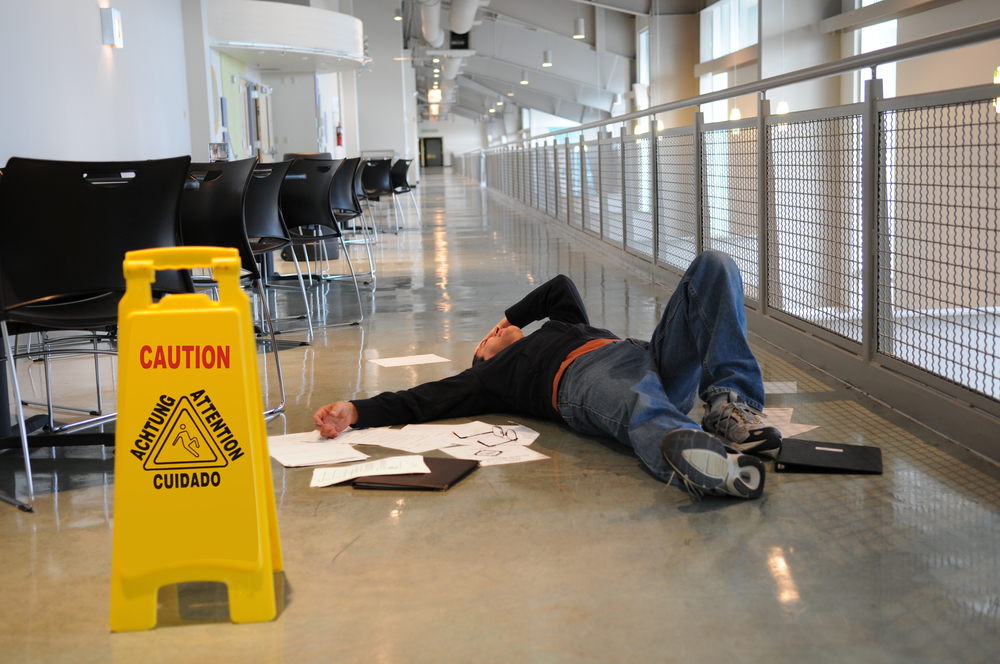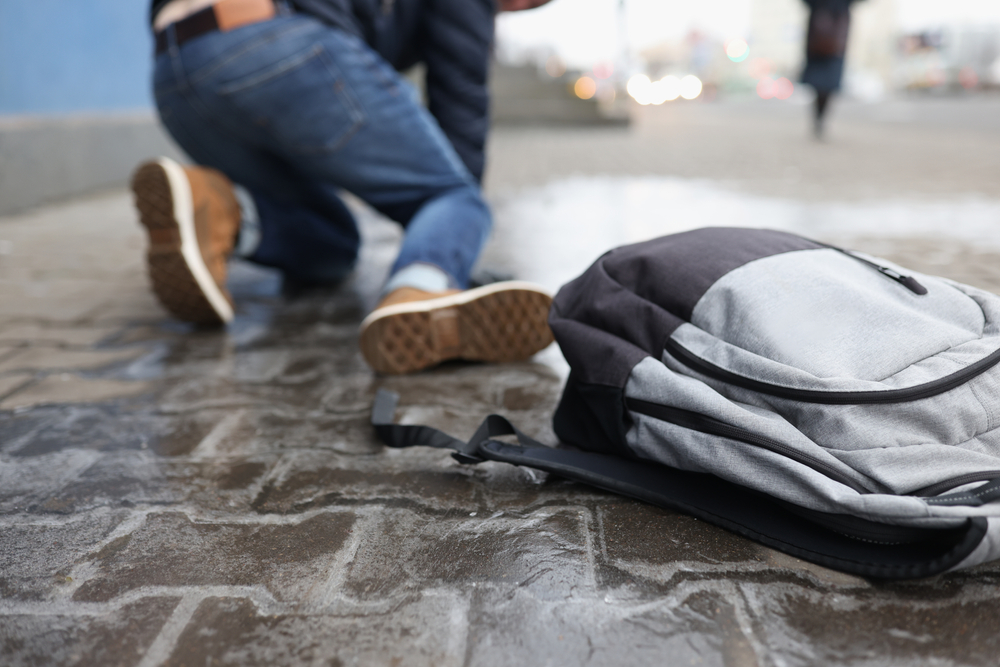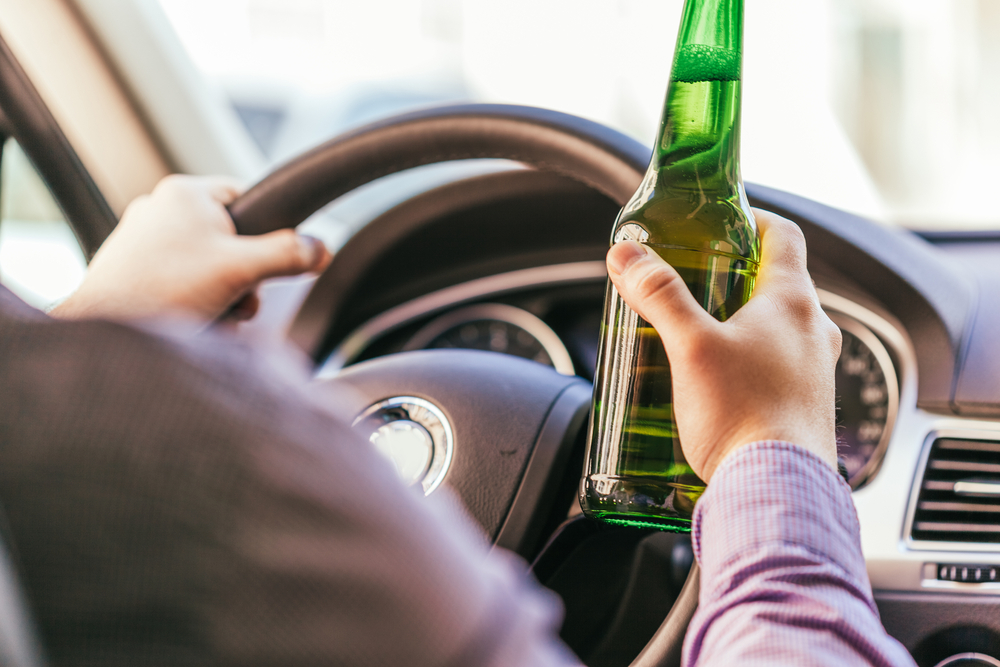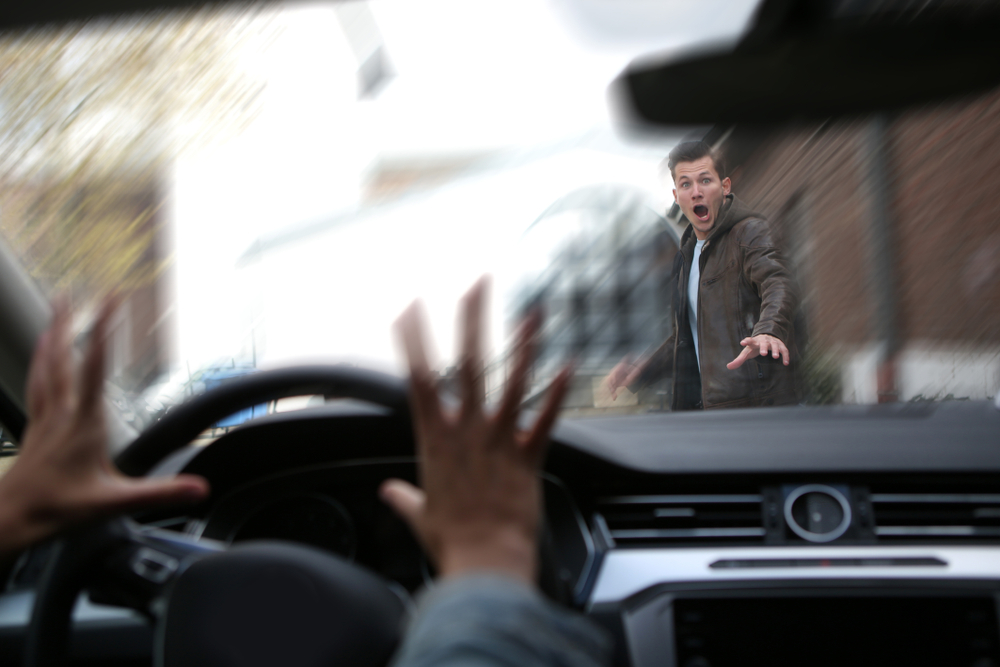The deadliest accident type is a crash with a fixed object. These auto and vehicle accidents account for a very small proportion of all accidents on our roadways. They are the deadliest because a disproportionate percentage of crashes with a fixed object that involve a very serious injury or a fatality. Many nations and cities throughout the world are studying crashes with fixed objects in an effort to reduce the number of fatalities and serious injuries, and to prevent fixed object collisions. All of the studies are consistent in their discoveries. The factors causing or contributing to these single vehicle crashes have also been consistent between various nations and cities.
Many nations and cities throughout the world are studying crashes with fixed objects in an effort to reduce the number of fatalities and serious injuries, and to prevent fixed object collisions. All of the studies are consistent in their discoveries. The factors causing or contributing to these single vehicle crashes have also been consistent between various nations and cities.
NOTE: Unless otherwise identified, data cited in this post is from a report published by IIHS (Insurance Institute for Highway Safety). The specific article and statistics may be found at https://www.iihs.org/topics/t/roadway-and-environmental/fatalityfacts/fixed-object-crashes.
Most Common Fixed Objects in Crashes
When a driver loses control of any vehicle and leaves the roadway, collisions are possible with a number of fixed objects. In 2017 (the most recent data available) 7,833 fatalities (21 percent of all fatalities) resulted from fixed object crashes nationwide. The most common fixed object is a tree (47 percent). Others include:
- Utility poles (12%)
- Traffic barriers (9%)
- Embankments (5%)
- Ditches (4%)
- Culverts (3%)
- Fences (2%)
- Buildings (2%)
- Walls (2%)
- Guardrail ends (1%)
- Other (10%)
The number of crashes with fixed objects in 2017 was 3 percent lower than 2016 and 26 percent lower than 1979. As a percentage of all fatalities, these crashes with fixed objects have been consistently between 19 and 23 percent for all years between 1979 and 2017.
Contributing Factors in Fixed Object Crashes
These studies conducted world-wide have also been reasonably consistent in the factors contributing to fixed object crashes. Alcohol is a conspicuous contributing factor in these accidents. Forty percent of the drivers killed in fixed object crashes during 2017 had blood alcohol concentrations (BACs) at or above 0.08 percent (the legal limit). Only 23 percent of drivers in other types of fatal crashes had a BAC about the legal limit.
Age and gender are factors in fixed object crashes, as well. In 2017, 26 percent of drivers killed were males aged under 30 years. Further, 81 percent of the drivers killed in these crashes were male.
Other factors and conditions contributing to these crashes include:
- Speeding
- Fatigue
- Distracted driving
- Driver’s failure to accommodate to weather conditions
- Lighting or darkness of the road
- Weather-related road conditions
- Time of day
- Driver experience (an Australian study found that those driving on student or probationary licenses were more likely to be involved in these crashes).
The studies also found that the severity of injuries sustained in crashes with fixed objects increases as the speed of the vehicle increases.
Crash Liability
The contributory factors listed above contribute to driver negligence in these crashes. Studies have shown that it is very uncommon for fixed object crashes to occur during the daytime. Studies also show that it is also very rare for these crashes to involve a second vehicle. Nevertheless, there are cases in which liability for the crash may belong with someone other than the driver of the vehicle.
Some crashes of this kind occur due to a damaged or defective vehicle or vehicle part. In this type of products liability case, the cause of the crash may be attributable to defective brakes, steering malfunction, defective accelerator that that sticks, etc. In these cases, the manufacturer of the vehicle may be liable for the crash.
In some cases, the behavior of another driver or the unexpected presence of an animal in the road, an object falling from another vehicle, could cause the driver to take action to evade or prevent a crash. A distracted or careless driver may be the cause of some of these crashes.
Some crashes of this kind may be caused by defective road design, improper maintenance of the road, failure to provide warnings of dangerous conditions, etc. In these cases, the municipality or the state may be liable for the crash.
Unless the crash was caused by one of these entities, the driver will be found liable for the crash.
Conclusion
Crashes with fixed objects are particularly serious and often cause severe injury or death. It is up to cities, counties and states to design and maintain our roadways in safe condition. It is also possible for these entities to ensure that proper and adequate warnings are positioned properly, that lighting in these high-risk areas is adequate, and that to accommodate warnings of danger under certain weather conditions.
It is also important that all drivers practice appropriate driving behaviors to prevent fixed object crashes.
- Don’t drink or use drugs and drive.
- Adjust your speed to current conditions.
- Don’t drive drowsy.
- Focus on driving and put distractions aside.
If you or a loved one is injured (or killed) in a fixed object crash and you believe the driver was not at fault, call Altizer Law, P.C., in Roanoke, VA. For 30 years, Bettina Altizer and her team have been helping people hold responsible all who are liable for these crashes. We fight for every client, and we know that in a case of this sort, it’s about the money.












